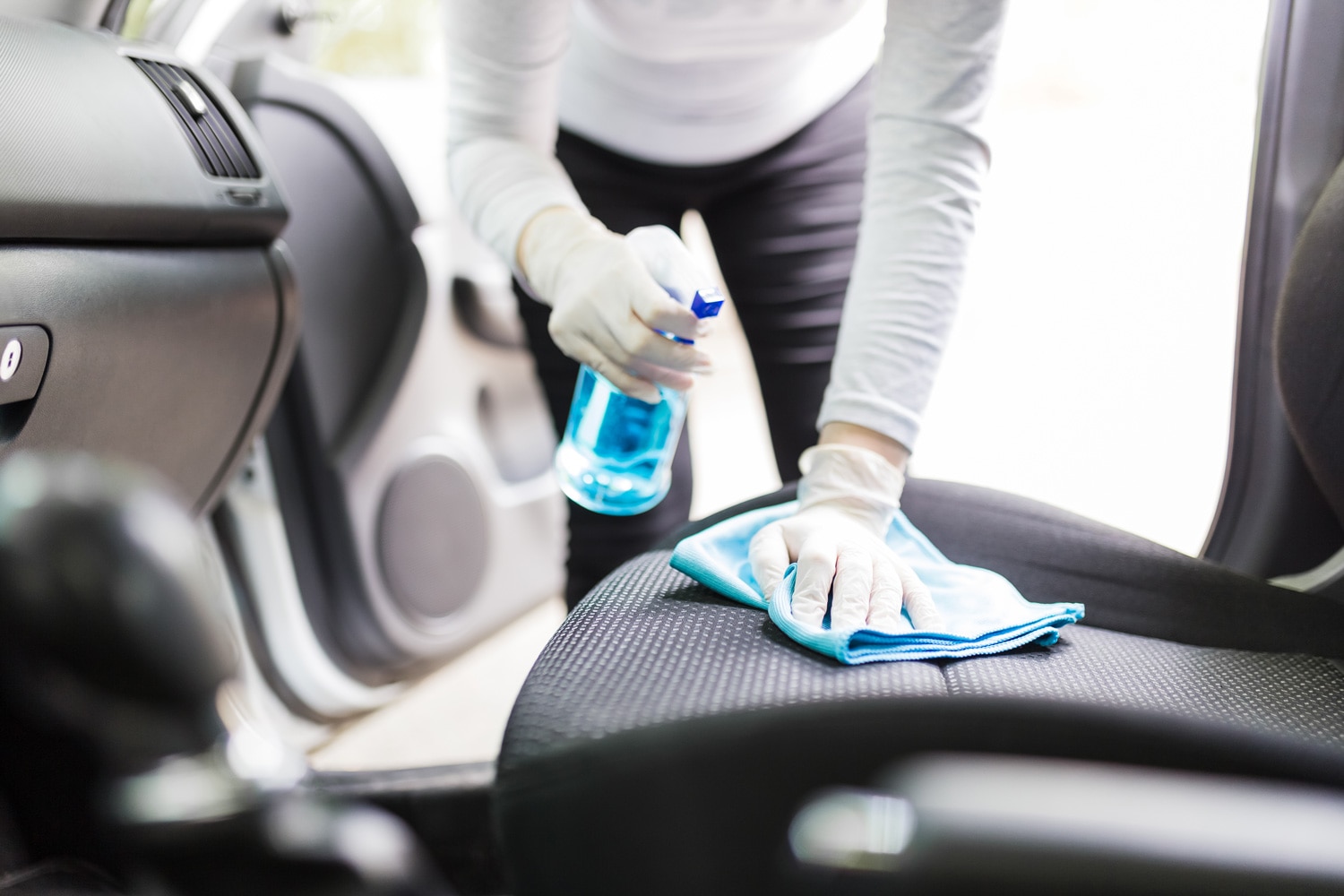How To Clean Your Car’s Cloth Upholstery
Here are some tips on how to spray and scrub your way to a fresher interior for your car, truck, minivan, or SUV.
 Shutterstock
Shutterstock
Article QuickTakes:
Cleaning a car's cloth upholstery is one of the best ways to prevent unpleasant smells and discolored stains from taking hold over the long term. It's no more difficult to clean up a car's seats and carpet than it is to do the same job on the furniture inside your home, as long as you've got the right products and techniques.
How to Choose an Upholstery Cleaner
The right cleaner for the job depends on how much soiling you're facing. All the old fabric standbys apply for spot-stain removal, which means you can spritz with club soda and scrub with a warm water baking soda solution to spot clean specific areas.
If you're looking at a more comprehensive job or are cleaning your entire vehicle’s interior, turning to a specialized foam cleanser or spray-on cleanser is a better bet. There are as many choices as there are automotive detailing brands, but sticking with major names like Turtle Wax, Meguiar’s, and Mothers is generally a great call. Remember to look for cloth-specific products—you don't want to accidentally purchase leather or vinyl cleaner.
How to Clean Your Car's Cloth Upholstery
Before you get your seats wet, you'll want to use a vacuum to suck up any loose dirt lurking in your car’s carpets or seats. At this point, if there are any specific stains that you think might be more difficult to dislodge, you can pre-treat with a cloth stain remover. Remember to test it out on an inconspicuous area before committing, so you can make sure it doesn't affect the dye in the fabric.
After pre-treatment, start with the seats. Fold them flat to open up the section where the seatback meets the base, then spray down with your cleaner of choice. Use enough to dampen the cloth, but not so much as to heavily soak through to the seat foam below, as that can increase drying time.
You can use a nylon brush to scrub for more soiled upholstery, but a microfiber cloth will suffice for a light cleaning. Make sure to work up a good level of suds, as they do the heavy lifting for dirt removal.
With the seat taken care of, turn your attention to the carpets. Remove floor mats to clean them outside of the vehicle (using the same process), and spray down the floors before going to work with your brush. There's a likelihood that some of the seat cleaner may drip down to the carpet, so it’s wise to do them second.
Most upholstery cleaners require no rinsing and will dry without leaving a residue. In some cases, you may want to vacuum a second time after everything dries out to remove any dirt that may have risen and settled on the fabric's surface.
Protect Your Work
If you're concerned about future stains, applying a spray-on protectant can be a good shield to prevent them from getting their hooks into your upholstery. Otherwise, a regular seasonal cleaning schedule—at the end of summer and the beginning of spring—is usually all that is required to keep your vehicle's interior smelling fresh and looking its best if you immediately take care of any accidental messes.



